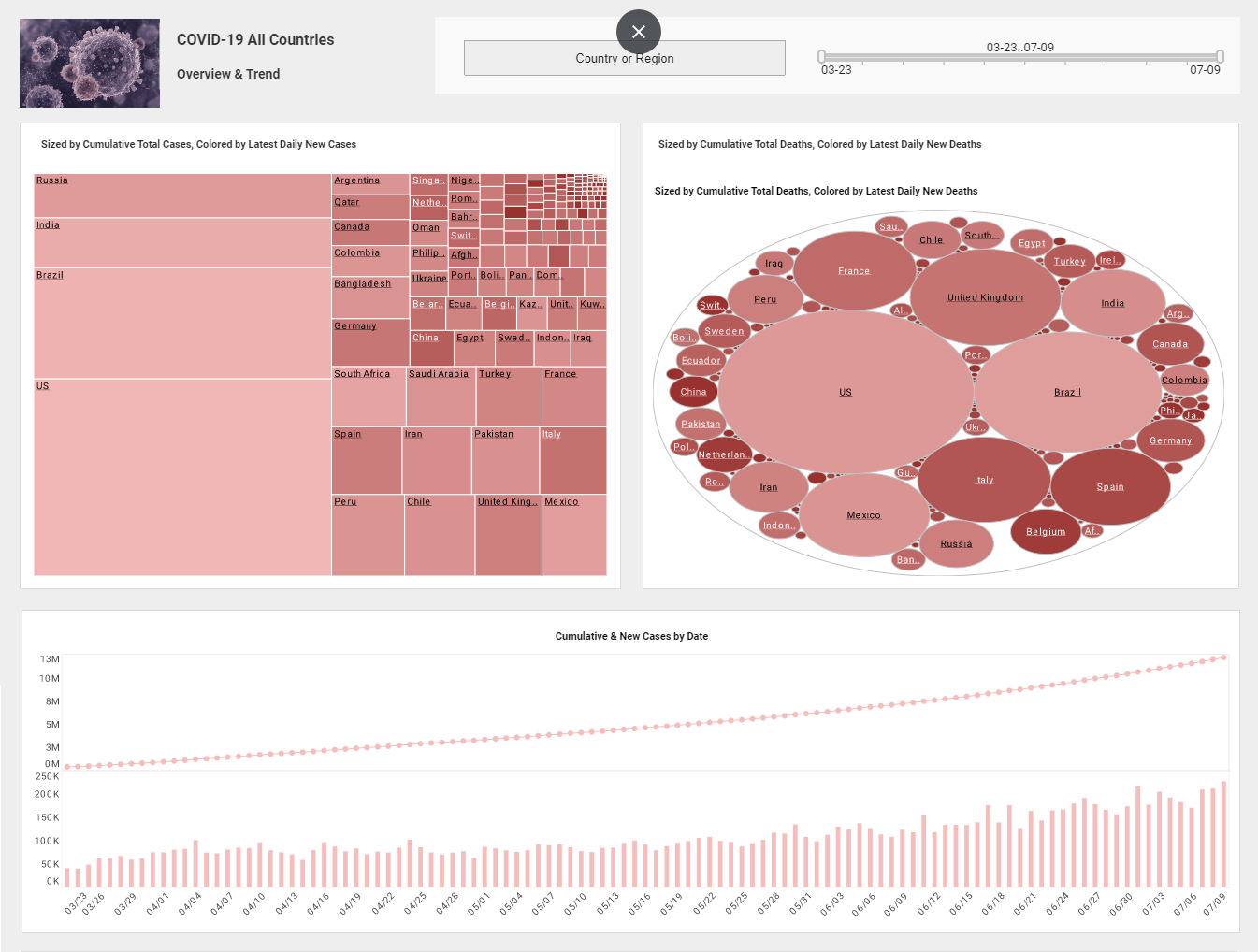InetSoft Webinar: BI Application Development World
This is the continuation of the transcript of a Webinar hosted by InetSoft on the topic of "How To Deliver A Good BI Application." The speaker is Abhishek Gupta, Product Manager at InetSoft.
So having gone through all of that in the BI application development world, they use the what I call use cases, and they have these business use scenarios that need processes, and the question is, is there an equivalent, or was there an equivalent for a BI solution. And this is where we started about three four years ago trying to see if anything was out there that will allow us to really automate the business modeling part of the BI solution, and the answer is absolutely there are business BI modeling tools, prototyping tools.
The one that we use regularly and on just about every project we have done in the past two to three years is the Balanced Insight consensus tool. And the reason we like the consensus tool is because it serves a lot of values and plays a lot of roles. It is the start of business of definition collection so we can actually becomes the repository for the glossary. We could also do the synonyms.
It will maintain the hierarchy of business relationships in terms of how entities and hierarchies relate. It does have the processing engine, the data stewardship, and it auto generates this is really cool stuff. This is why we can do sprint zero so quickly and so cost effectively. It auto generates the BI semantic layers as well as other BI tools, and it also can auto generate virtual models, and it can auto generate database, physical database and database schemas like cubes we see here.
| #1 Ranking: Read how InetSoft was rated #1 for user adoption in G2's user survey-based index | Read More |
And the beauty of this is that instead of writing a 90 page requirements specification through the interviewing techniques and the business modeling techniques which then get articulated in the form of auto generated prototypes, we don't have to deal with all the words, documentation, itself, and avoid that non value added labor intensive activity. It just simply disappears because it’s all managed and stored in one place, and because it all stored and managed in one place, then we get a lot of reasonability and consistency across all the different component layers.
So if we go back to the old model where we get the idea through the use of the consensus tool, we can auto generate the business glossary and auto generate the semantic layer and auto generate the databases and even to a degree generate some of the ETL logic specifically in the form of IBM FastTrack. The data stages are not fully baked, but you can articulate in the consensus repository the ETL rules, and use and reuse the data definitions that have to go through the stewardship process.
You can also store within the consensus tool all of the physical components of the data model. Those kind of things can also be articulated and stored within the tool. And it works inversely. If you have an existing model, you can pull it thorough in and populate the warehouse. But this is really the consensus tool, to us is a core component of that sprint zero, sprint zero being clarity, prototyping, and validation of business need very quickly, very inexpensively but very effectively. It could be done much more rapidly and purposely through the use of the consensus tool.
So if we look at an example of a business model, the question was people want to know payment types, general sales performance by outlet, product and time. This is a kind of 7/11 kind of an example. It’s not this 7/11’s data just to be clear, but that’s the kind of use case we have here. And notice what we’ve done in the consensus tool if you look at the information package, what we have is, this model is going to allow the business to set the answer to the question, or be able to do that kind of analysis.
What we see articulated is the calendar, or the calendar dimension, and note that we see a year and here weekday. There were two different hierarchies. The drill down is granular to the level of day, and we see the day parts which is a retail thing of organizing hours like in a restaurant, the breakfast day part and the lunch day part.
 |
Read the top 10 reasons for selecting InetSoft as your BI partner. |
So we are looking at things in that way, and these are defined in six hour increments, and then we have the outlet, and we have the hierarchy, regions to outlets. We see the products. And they were looking at performance by division. Divisions go to department and product groups, and you can see the associates in the promotions and in order to look at things by promotion.
And, down at the green part, what we see are the measures that will be stored in the form of fact tables. So we see sales amounts and sales qualities and transaction counts, and they would calculate measures. Then we can actually go further and do attributes, or you know data attribution in a fully attributed data model within the consensus tool.
| Previous: Business Intelligence Analysts Interviewing Subject Matter Experts |


